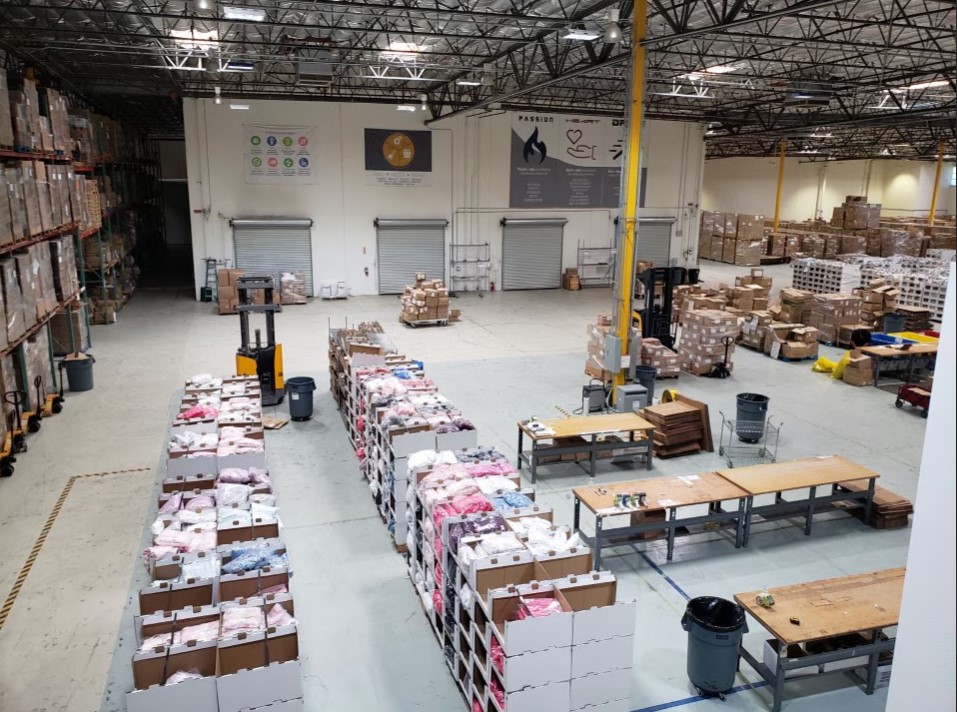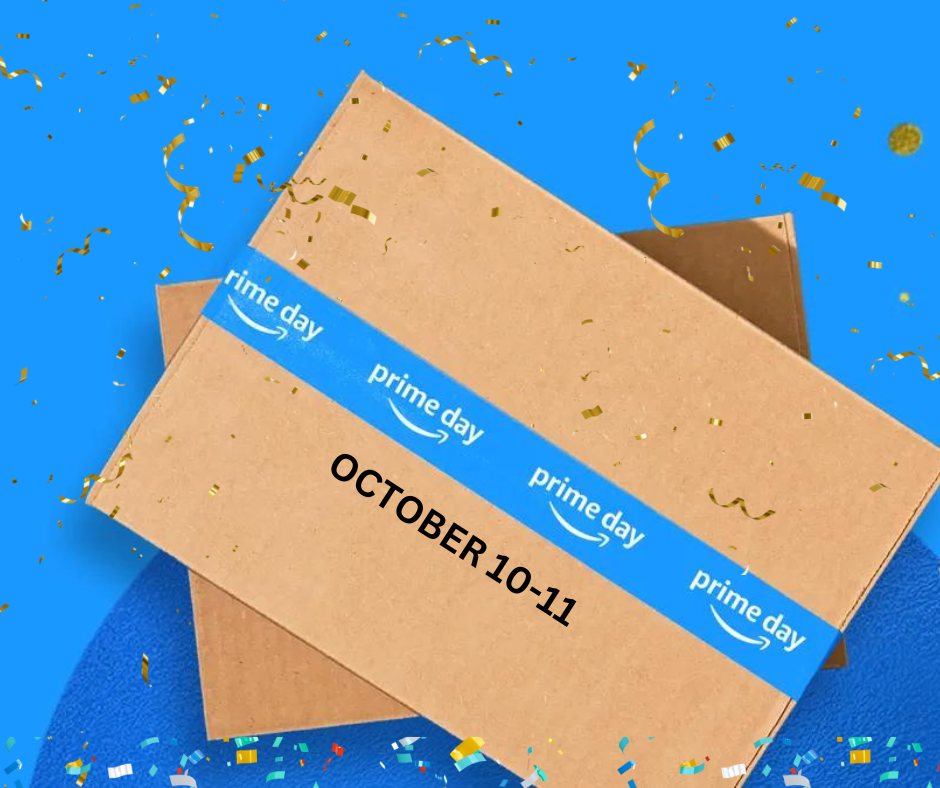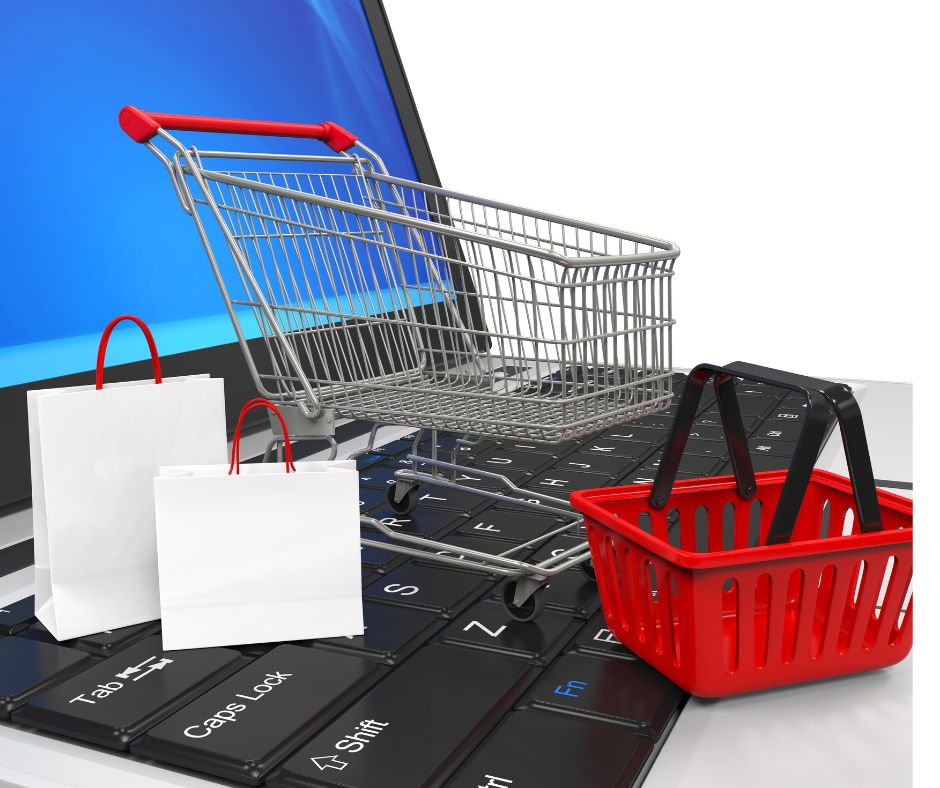-
Enhancing Warehouse Efficiency: Strategic Floor Planning

Unlock warehouse efficiency with strategic floor planning! Maximize space, streamline workflows & boost productivity. Dive in now!
-
Your Holiday 2023 Helper: Best Shipping Carriers Guide

Let’s explore the essential aspects of various shipping carriers and how they can serve as your holiday saviors in 2023.
-
2023 Black Friday Guide: Tips and Tricks for Smart Shopping

Let’s take a moment to unravel the history of Black Friday and some tips that can help you maximize this shopping extravaganza.
-
Increase Revenue with Smart Product Bundles in Your Online Store

Let’s explore how to harness the power of smart product bundles to significantly boost online store’s revenue.
-
Amazon Prime Big Deal Days: History and Evolution

Let’s get to know a quick history about Prime Big Deal Days.
-
2023 Peak Season Calendar: Key Dates and Strategies for E-commerce Business

Let’s take a look at 2023 peak season calendar, highlighting key dates and outlining winning strategies that can help your eCommerce business thrive.



